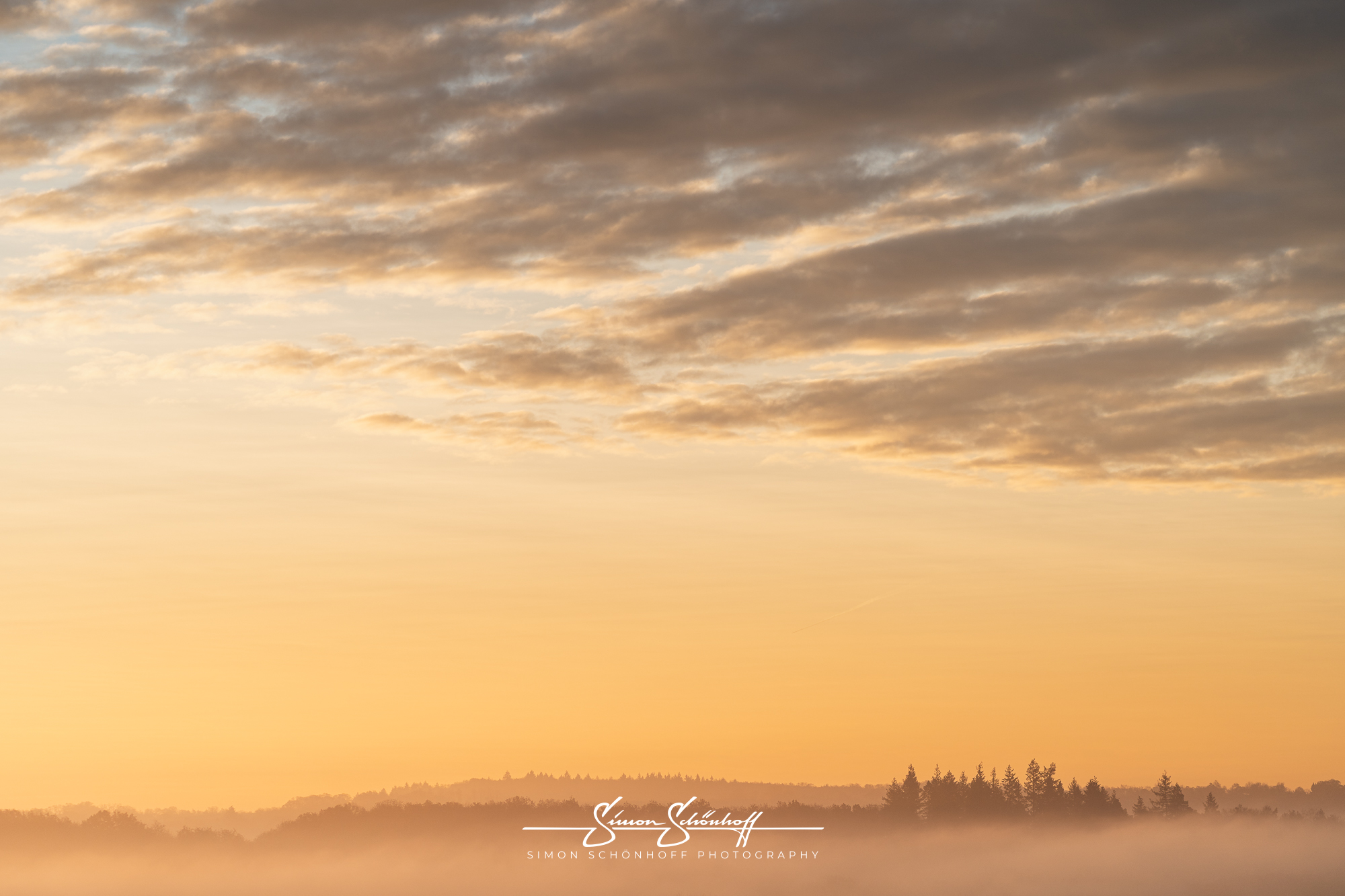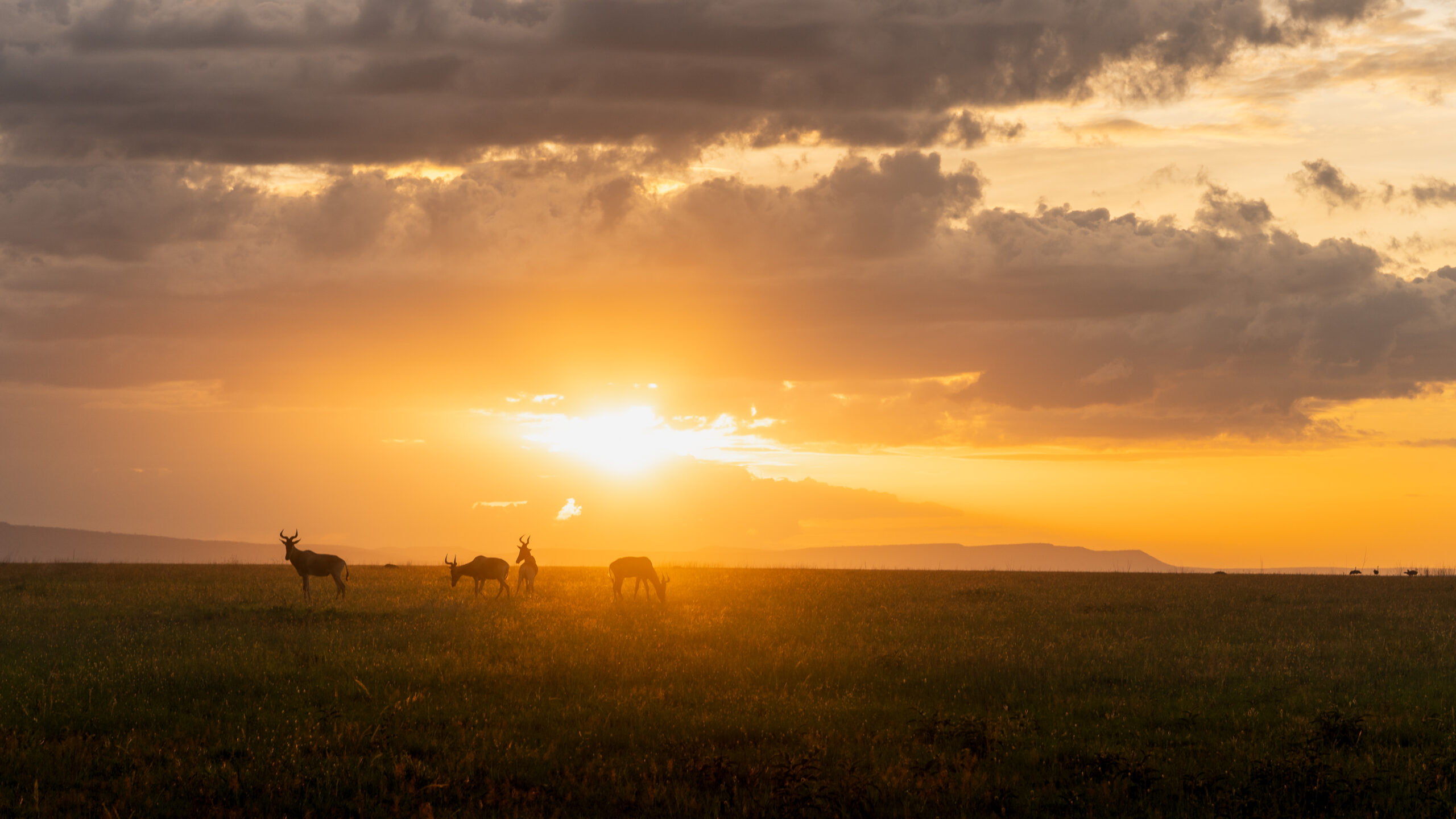
“The most important thing about photography is who you are, and I can go into more depth about the psychology of this phenomenon, but there is no way you can take a photo without putting your own stamp on it. Every time you press the shutter it’s based on who you are, that’s what sets you apart from everyone else. My style is that I shoot from the heart, straight to the heart.” — Joe Buissink
First of all, this blog post will probably be the most personal one yet. It begins with a stroke of fate in our still young family, as I always thought, something like this will not hit us. About how I sought solace in photography and how, after a few weeks of self-reflection and looking at my photos from this difficult time, I realised that our photographs undoubtedly reflect our souls.
Gear:
Sony a7III
Sony FE 4/24–105 mm G OSS
Sony FE 100–400 mm GM
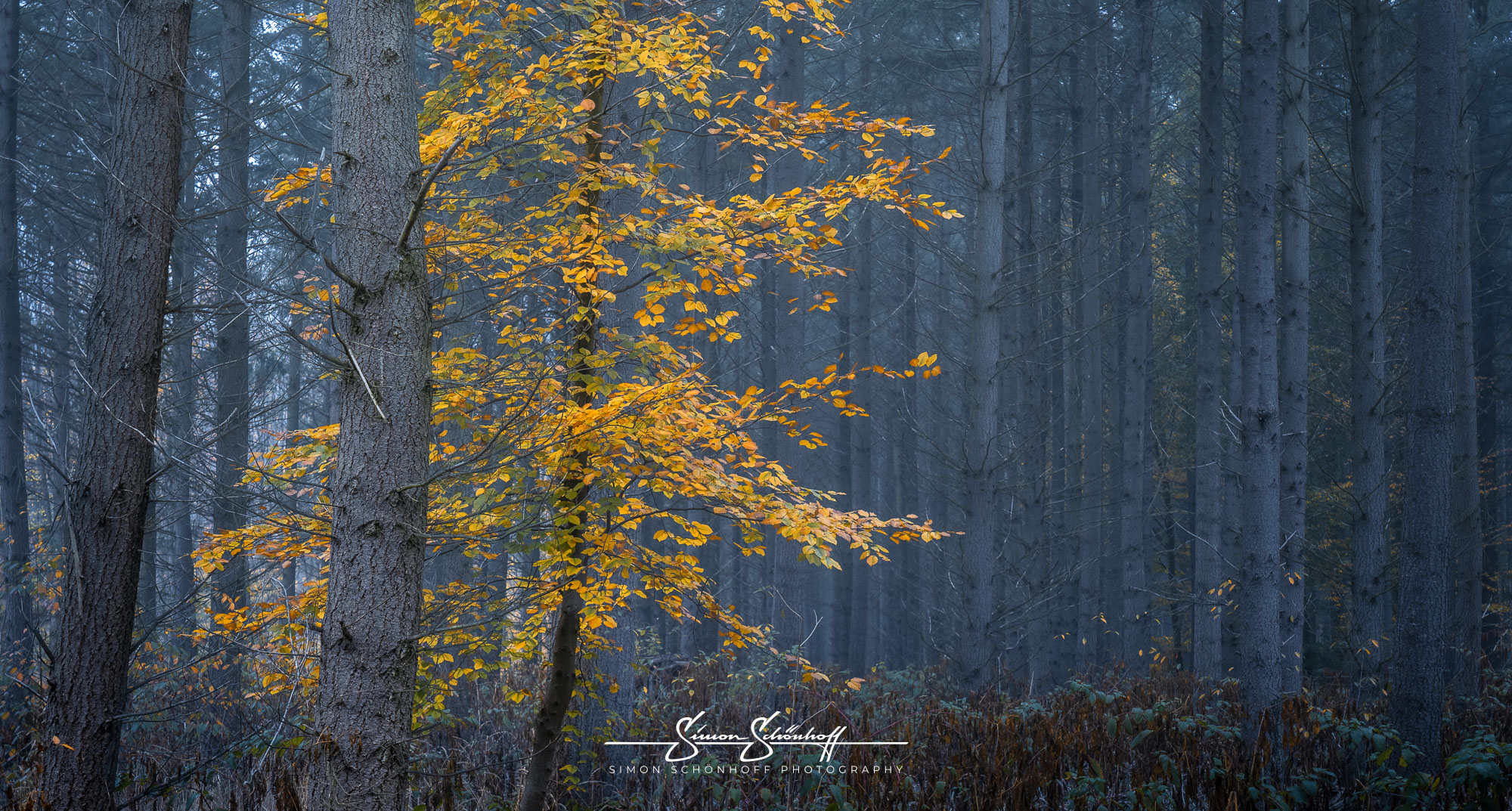
It all started in mid-October. Our daughter was increasingly plagued by constipation and stomach pains. Something we had never known from her. We had not changed anything on the nutritional side either. The doctors saw no reason for a closer examination and left it at an enema. When she refused to go more and more often at the beginning of November, we became more and more worried. The doctors told us that this could be a phase. However, as the constipation increased over the next few days and she wanted to walk less and less and spent large parts of her day on the sofa in a resting position, we went to the paediatrician and also to the emergency room of the children’s hospital. The tenor was the same everywhere. Constipation. Enema. “When you have really bad constipation, you don’t want to walk any more”, and so on.
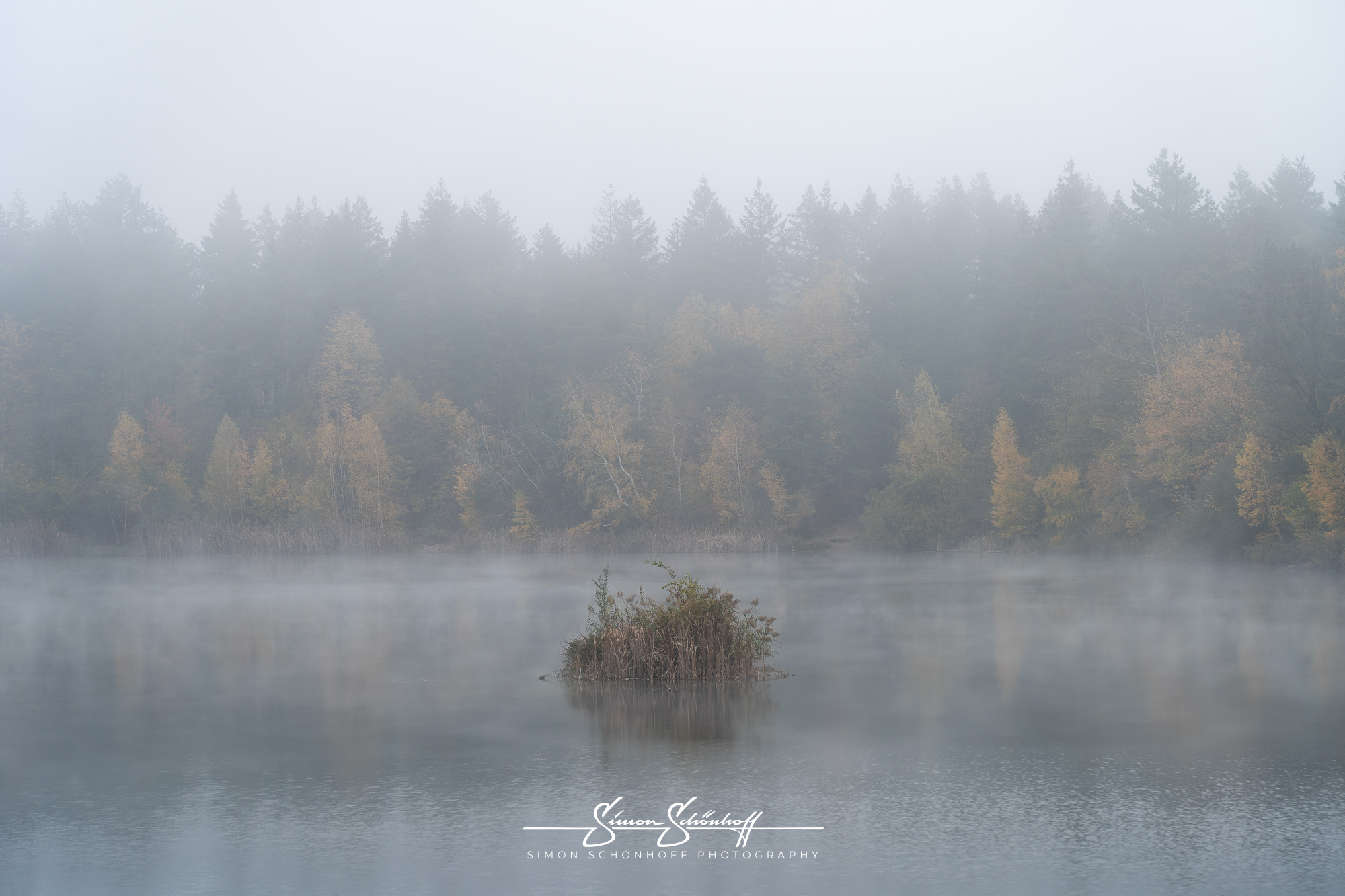
The emergency rooms and paediatricians at that time were overcrowded with children who had the RS virus. Overworked paediatricians and we are annoyed with something as banal as constipation and stomach aches. But it couldn’t go on like this. We saw that our daughter was suffering more and more. So we kept at it. Paediatrician again. We insisted on ultrasound or blood test. After 3 hours in the waiting room with a whining and crying child, we were told that no such examination would be done today. She gets another enema and if it doesn’t get better, we should go to the emergency room of the children’s hospital. I was told that we should take her for a walk. I only asked if she had listened to me at all, my child hasn’t been walking for a few days. This statement didn’t elicit more than a shrug of the shoulders. So off to the emergency room. Maybe someone there will take time for our daughter.
No capacity. Enema. Sent home again. 2 days later. The enemas always provide short-term relief and we thought maybe that was it. On Friday, our daughter didn’t take a step again. Emergency room again in the evening. Painkillers. Enema. But the first doctor said, if it’s not better by Monday, go to hospital and don’t let up, it could well be something worse. We couldn’t even imagine how bad it could be.
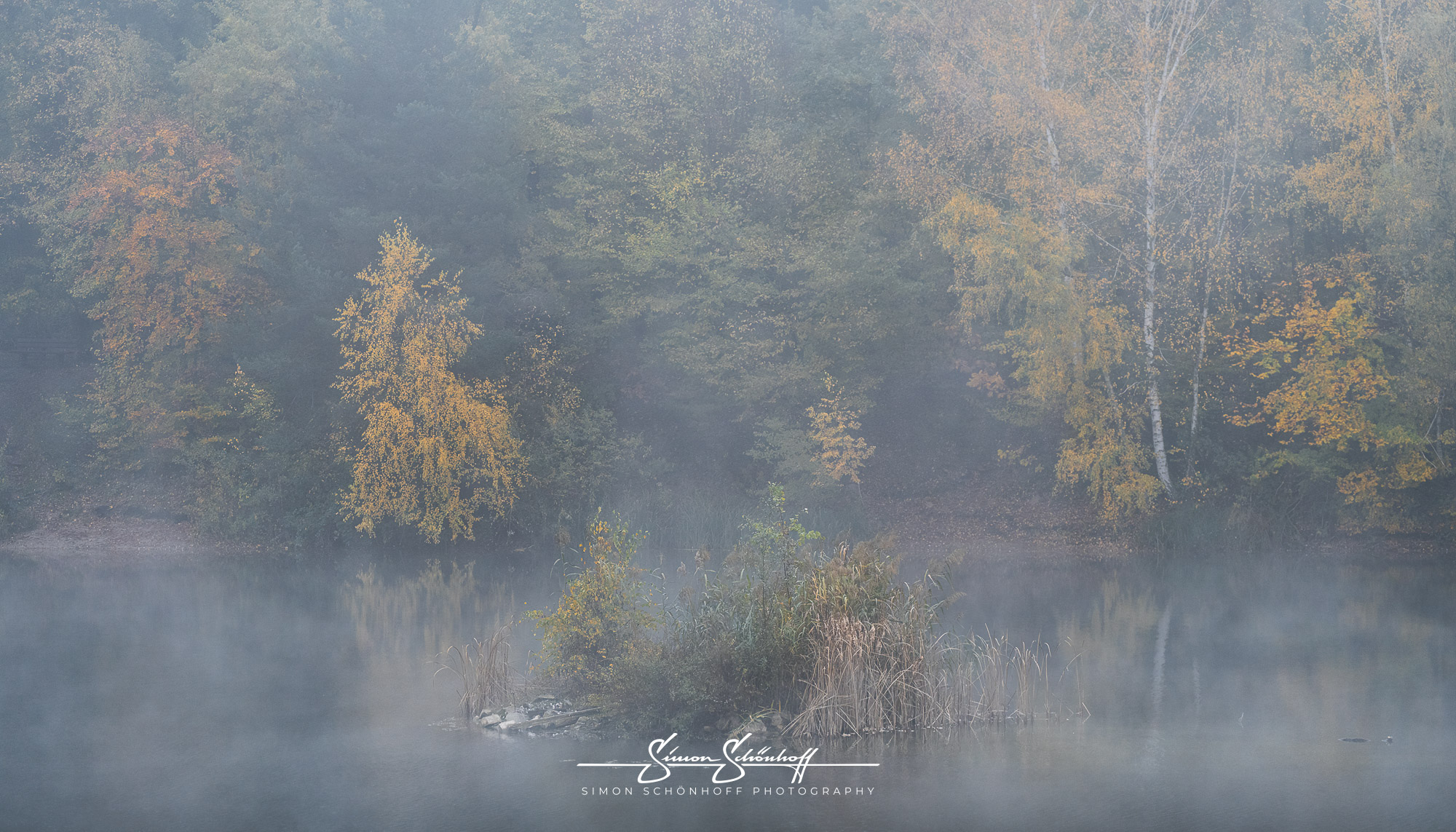
Our daughter spent most of the day just lying on the bed or the sofa. At the beginning of the next week, we went to the paediatric clinic again. To our own dismay, we noticed a bulge on the lower part of the spine just above the coccyx. Immediately our daughter was examined with ultrasound. Unknown mass, several cm. Then in the following days she had an MRI and a blood test. After 3 days in the clinic the diagnosis was made. Germ cell tumour. Probably a particularly malignant tumour of the yolk sac. She is to be operated on immediately after the MRI.
After an initial discussion with the doctor in charge about what the next steps would be, my wife and I were asked to go to the intensive care unit at the children’s hospital. Some time passed and we had to wait outside the door. We could only console our tears at the diagnosis and the inner emptiness by hugging each other. The most difficult hours, days, weeks, maybe even months of our lives passed. After what felt like hours, we were brought in.
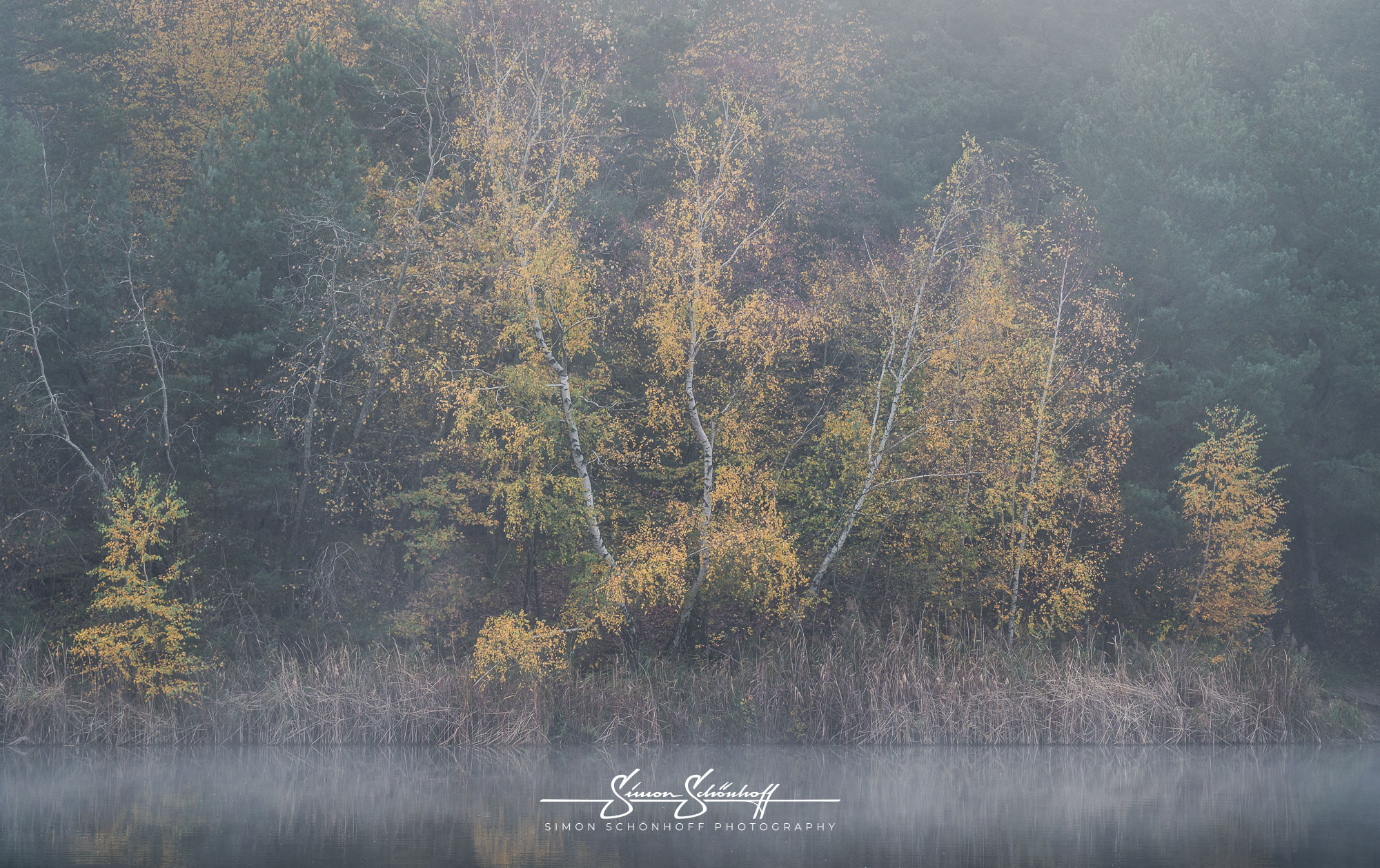
In front of us, lying uncovered on an examination bed, arms and legs stretched out from her, was our daughter on her back. An ultrasound of her lungs had just been taken. We could only see her briefly. Stroked her hair briefly. Touched her skin and whispered to her that everything was going to be all right, even though we couldn’t believe it ourselves at the moment. We were taken to an adjoining room where they empathetically tried to teach us how badly our daughter was actually doing. “We could not operate on your daughter’s tumour,” said the doctor present. The piece of dirt was too wrapped around the spine. We were shown the picture. From the rump up, the cancer wrapped around the spine. Had even broken a vertebra. The rectum and bladder outlet were squeezed off by it, hence the blockage. Altogether 13 cm long and several cm wide forward into the abdomen and back along the back. Quite a large tumour for such a small, not quite two-year-old body.
“There were also complications with extubation on the first attempt, but we will try again later”, the doctor continued soberly, “She did not start breathing again on her own”. We couldn’t believe it, burst into tears. Our child, perfectly healthy since day one. We never had to take her to the paediatrician, except for the normal standard check-ups, and now this. My wife’s reaction was more than human: “Oh God, what if she doesn’t start breathing on her own again”. “We have many worries,” the doctor replied, “but that’s not one of them. Her circulation will be fine, we are sure of that”. A bigger worry is the metastases we discovered in the lungs. Quite large ones, some of which carry the risk of triggering a pulmonary embolism. “We are still scanning the liver and kidney and other organs with the ultrasound to see if the tumour has metastasised further,” the doctor said. A scan of the head should follow in the next few days.
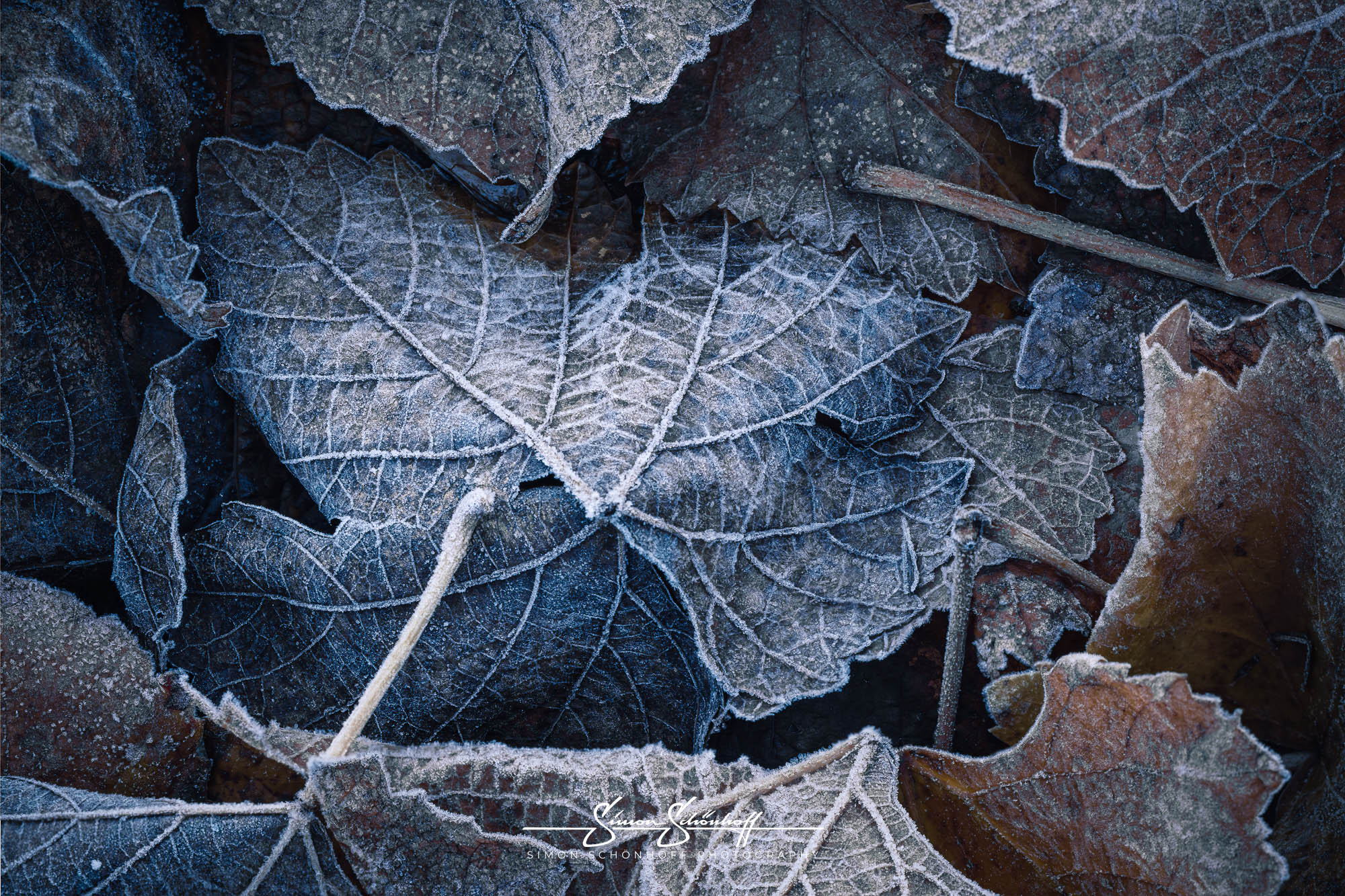
Out of reflex I said, “Do you have any more bad news or is that it?” A slight smirk from the doctor at my reaction, coupled with a slight shake of the head. After each diagnostic step, we know more. That is the current status. He can’t rule out the possibility of more such news coming our way. At the moment, however, there are only two options. No chemo, which would lead to the death of our child within the next few days. Or chemo, he thinks the chances of cure are good. Fast-growing, aggressive tumours often respond just as strongly to chemo. “We would already start the first chemo here in the ICU tonight,” he said. “Yes please, as soon as possible,” we replied, “do whatever it takes to help our daughter.” “We will do that,” the doctor said.
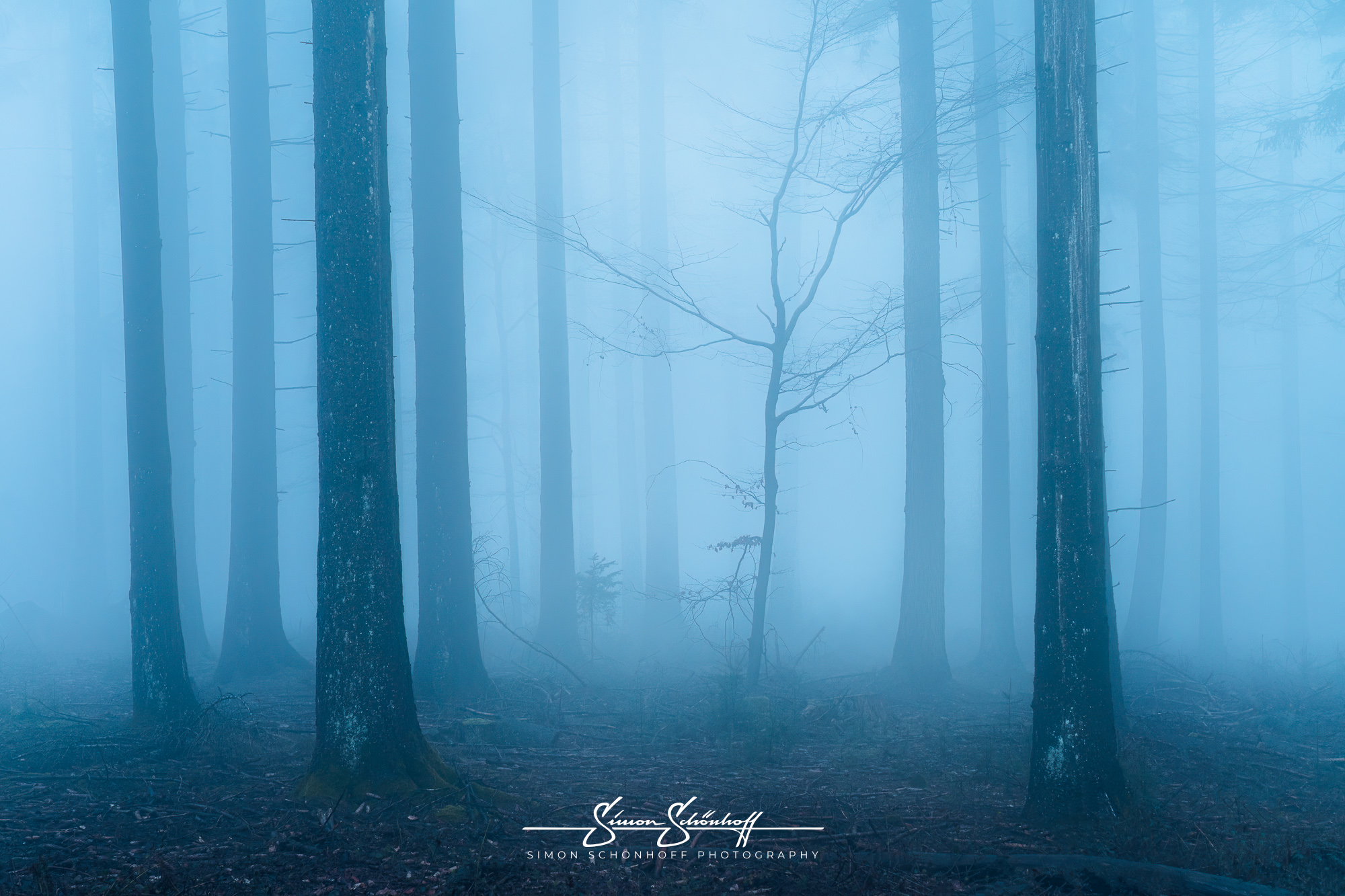
This and all other shots of this post you can request under “Prints” as an art print for your wall at home directly from me.
Only one hour after our conversation, our daughter was successfully extubated and even reacted to our presence. The first relief. At 7 pm, the first chemo started. From then on, things went steadily upwards. Always with small setbacks, that’s clear. For example, she had also caught the RS virus from the paediatrician. And that in her critical condition. This gave us a few weeks in an isolation room. But nevertheless, her condition got better from day to day, from week to week. The tumour lost its momentum through the chemo and slowly began to shrink.
As there were still Corona conditions in the hospitals, I went back home the first evening. Our cats had to be taken care of. The night at home was quieter than usual, darker than usual. The omnipresent emptiness almost crushed one. It was impossible to think clearly. I quickly realised that I had to talk about it. So I talked to family and friends about our fate. Whoever asked got answers. There is no point in hiding everything or parts of it and surrendering to one’s fate alone. My wife and I soon realised that and these channels of communication were really worth their weight in gold. We were given comfort and courage and knew we could rely on so many people, many of whom we had not even considered. The support was really incredible. I would like to encourage anyone with a similar fate to talk about it. With family, friends, neighbours, club colleagues. You can’t guess from which direction you will get support, but something like this hardly leaves anyone cold and every conversation, every hug, every encouragement gives strength.
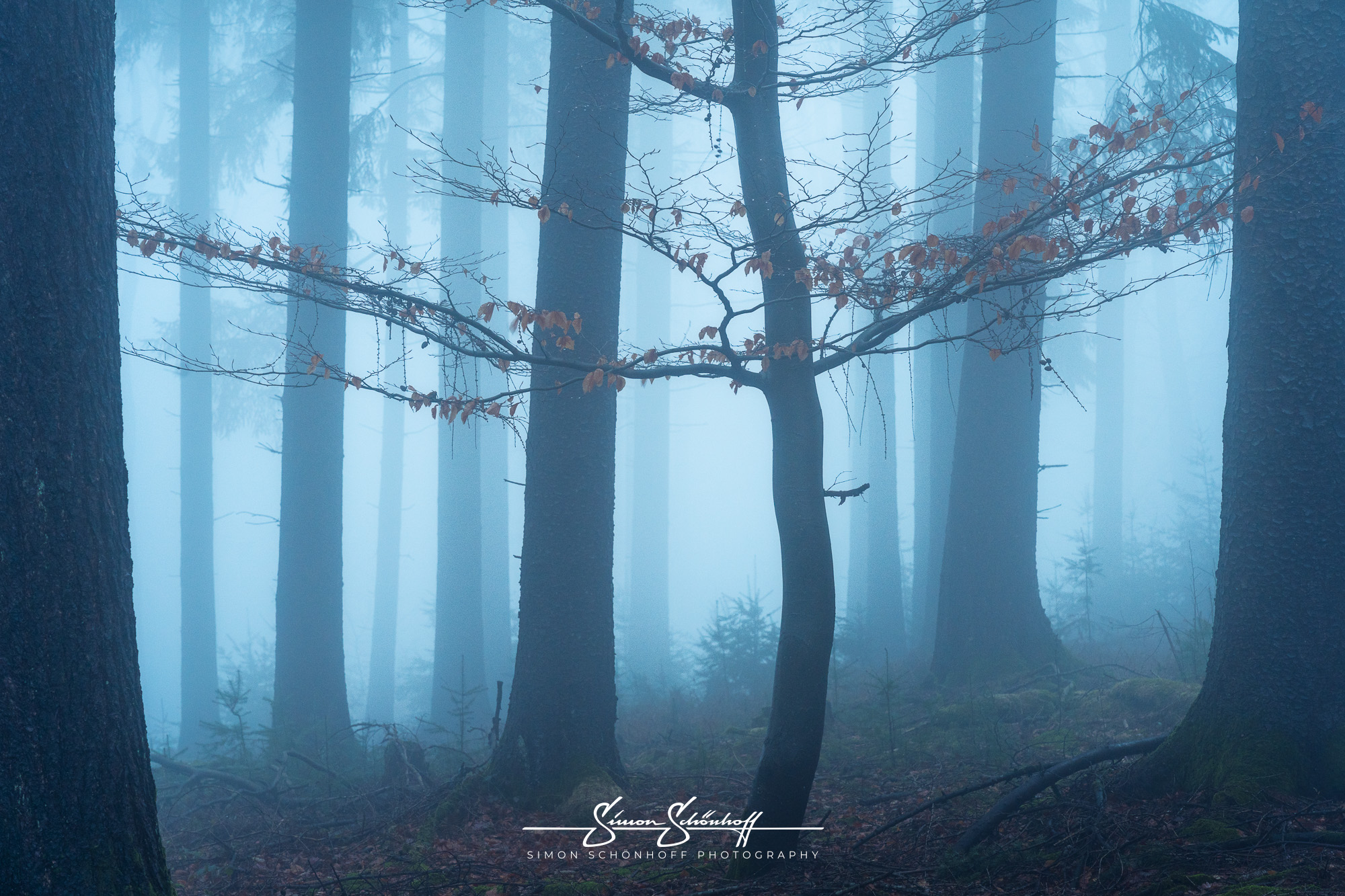
In the first few days, one somehow functioned. Everything necessary was done as if by remote control. But we could not yet sort out the thoughts in our heads. We learned what was coming from other parents and nurses, but what that meant, and also how we had to assess our daughter and her illness, all that was so difficult to put together in our heads. After a few days in hospital, I needed to get some distance, I thought, and took advantage of a foggy winter morning to go out into the forest, to a nearby lake. Photograph.
This morning was incredibly good for me personally. For pretty much exactly 2 hours all worries were, I wouldn’t say disappeared, but at least far away. While photographing, I became part of nature, concentrating on it and on taking pictures. The thoughts in my head sorted themselves out and I felt better afterwards.
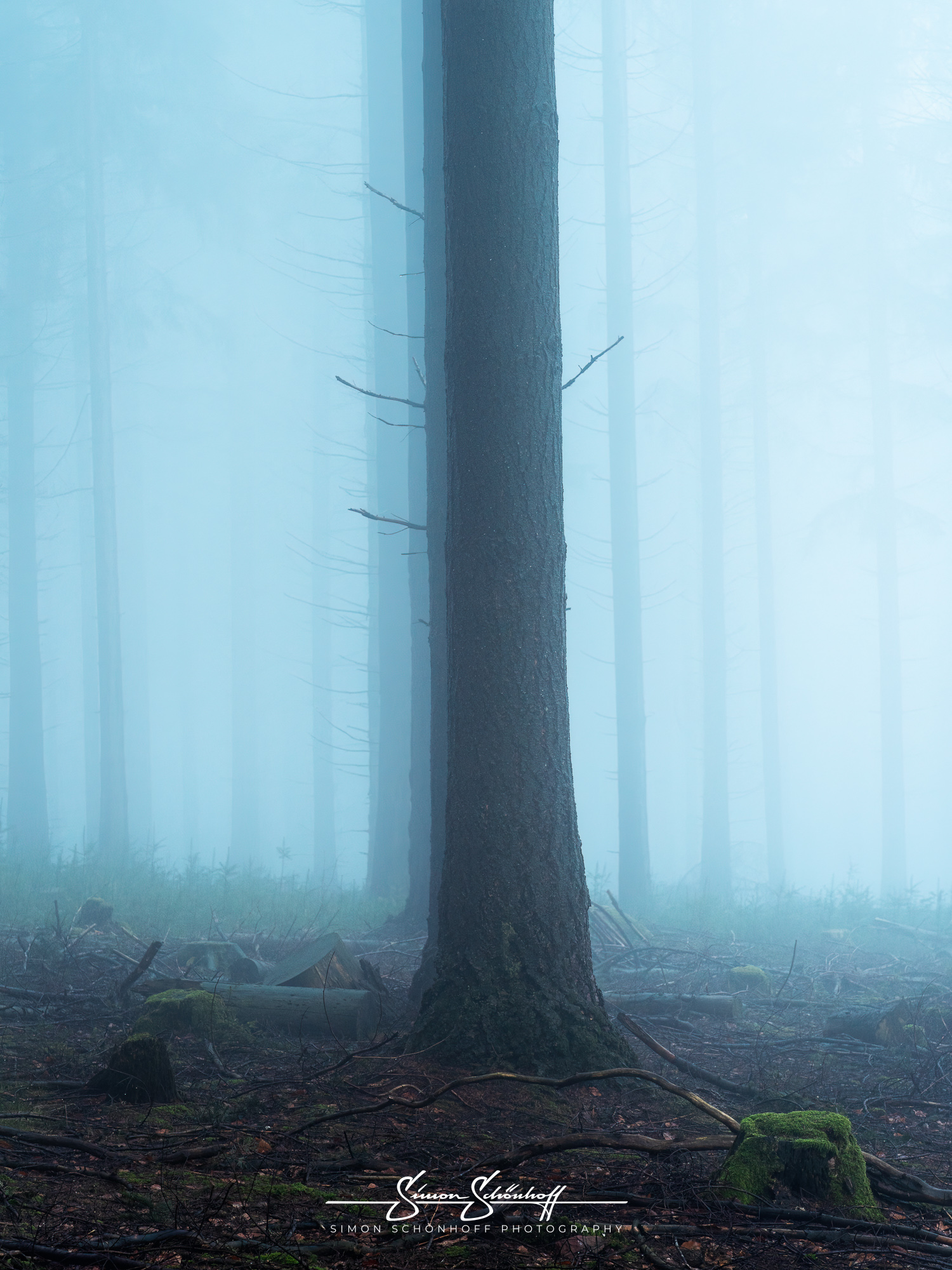
During the next few weeks when our daughter was in hospital, my wife and I took turns to be with her. Our family life virtually took place in the oncology department. We told each other the news from our surroundings, updated each other on our daughter’s progress, handed over tasks we hadn’t managed at home before changing in the evening. The nights were hard. Little or very poor sleep. With one ear constantly on alert to see what was going on with our daughter. The nights at home were all the more restful when we noticed that things were slowly improving and the adrenaline wiped away the exhaustion.
Some mornings I went out into nature with my camera. These hours did me incredible good. The time in nature did me good. I recharged my batteries for the next nights in the clinic.
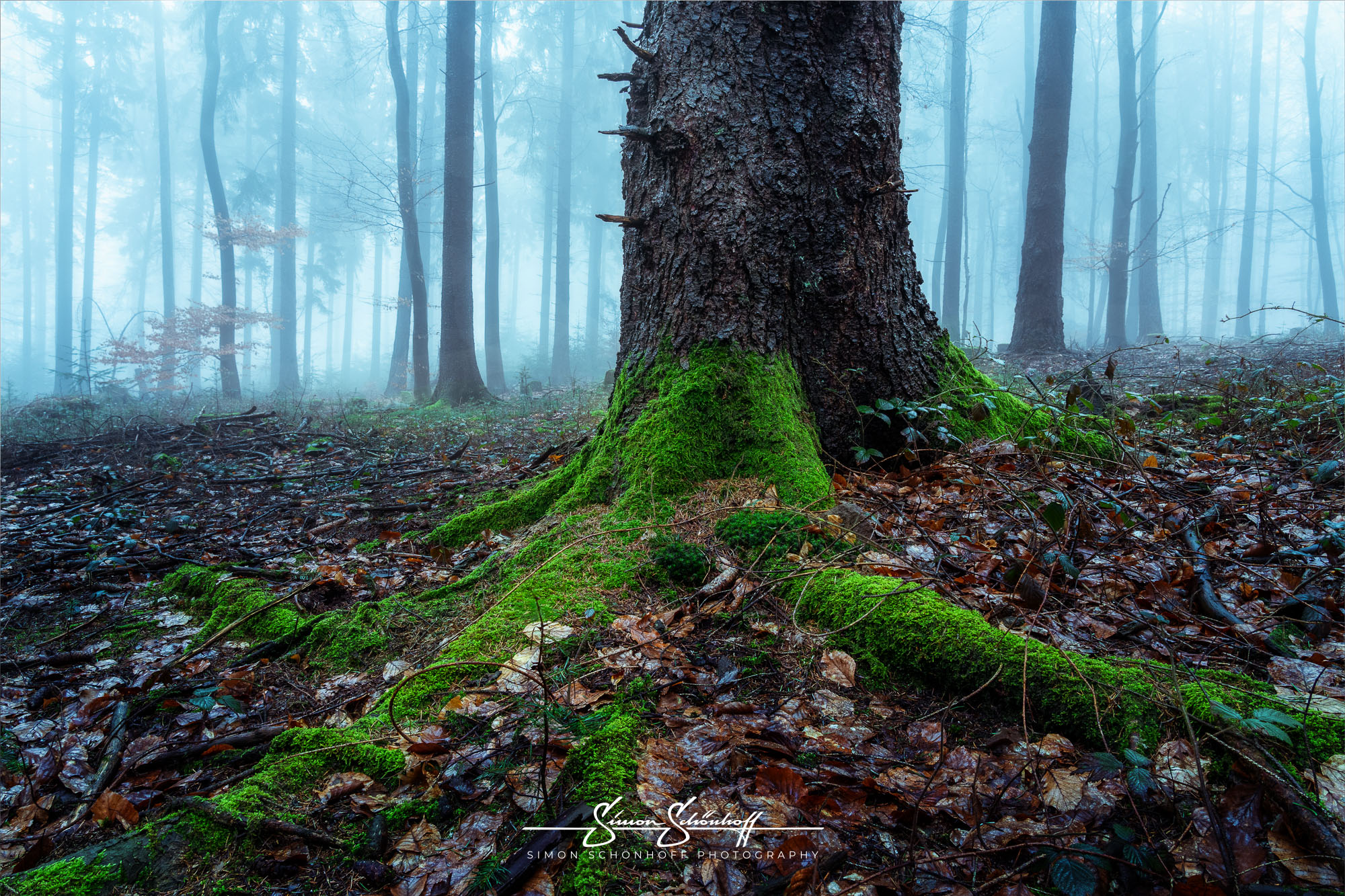
Particularly in the dark, barren season, when I usually went outdoors for photography mainly when it was snowing, I took a liking to dreary, sometimes even gloomy photographs. I had no problem capturing the oppressive mood of nature and editing them in such a way that the photos reflected the emptiness, silence and oppressive burden I felt. All the photos in this blog post were taken between December ’22 and March ’23. A time when so many worries plagued us and a great uncertainty haunted us. And they all reflect, to a great extent, the state of my soul. In a way that I would not have thought possible before.
In every photo that I have taken, in every decision that I have made in the selection and in every step of the processing on the computer, not only rational, technical considerations have gone into it, but also emotional conclusions to a particularly high degree. And although in the past I would certainly have said a time or two that I didn’t like such photographs because they were too dark, too gloomy, too dreary, today I have to say that I consider these photographs to be beautiful and particularly meaningful. They are not just a captured moment in nature, but an expression of my inner life, of my feelings.
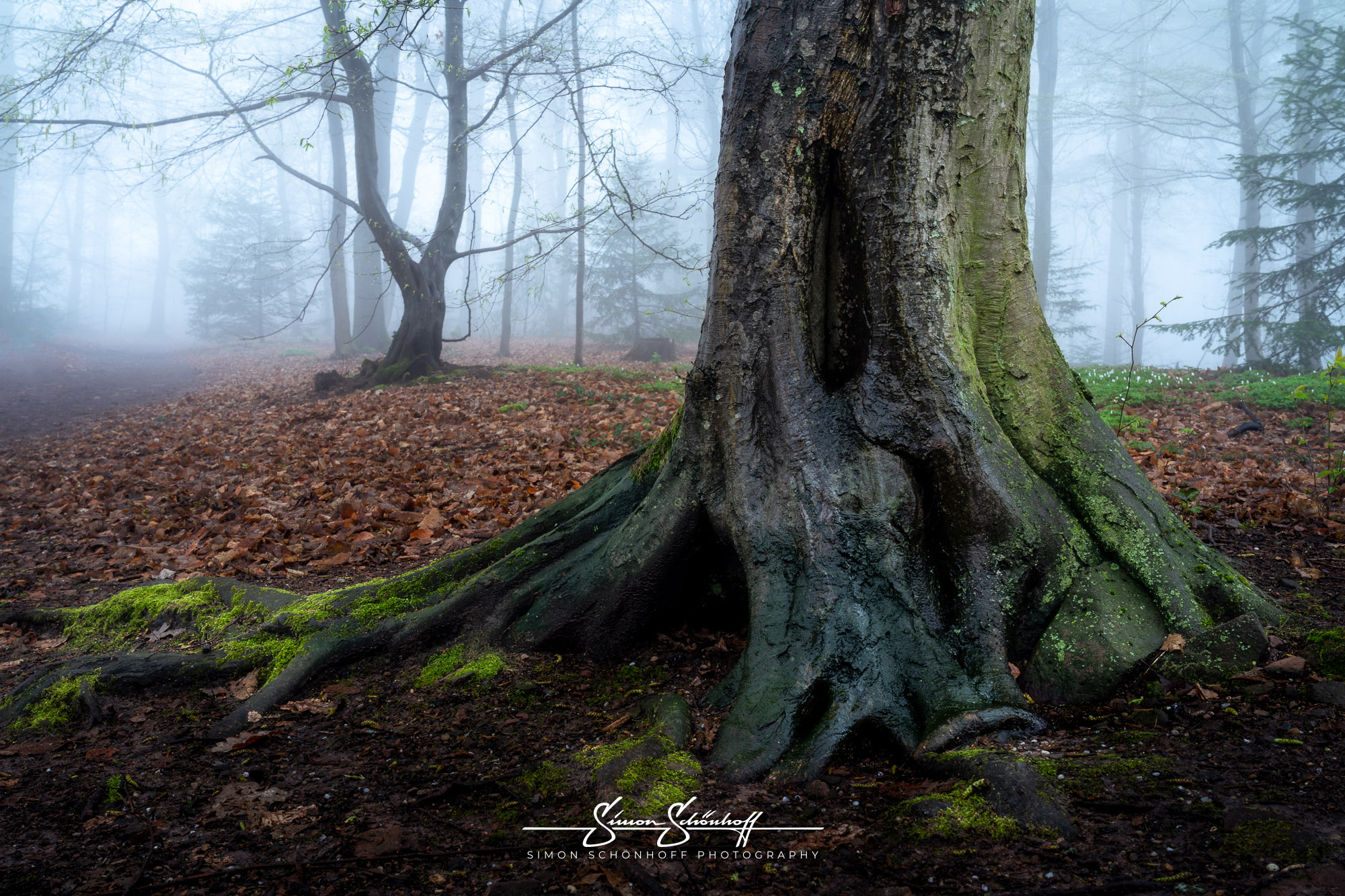
Although I have been taking photographs for a number of years and have always been aware of this, or rather have always convinced myself that this was the case — “the photographer takes the photo, not the camera” — it has now become clear to me for the first time in this difficult time. So in every photograph there is a moment of this world frozen in space and time, but always also a large part of the photographer’s own self.
Especially at a time when one hears and reads a lot on the internet about AI (artificial intelligence) and thus also AI-generated images, including landscapes that look deceptively real, this realisation is doubly salutary. No AI in the world can generate this part of a photograph. Only the artist himself can contribute his soul and his heart.
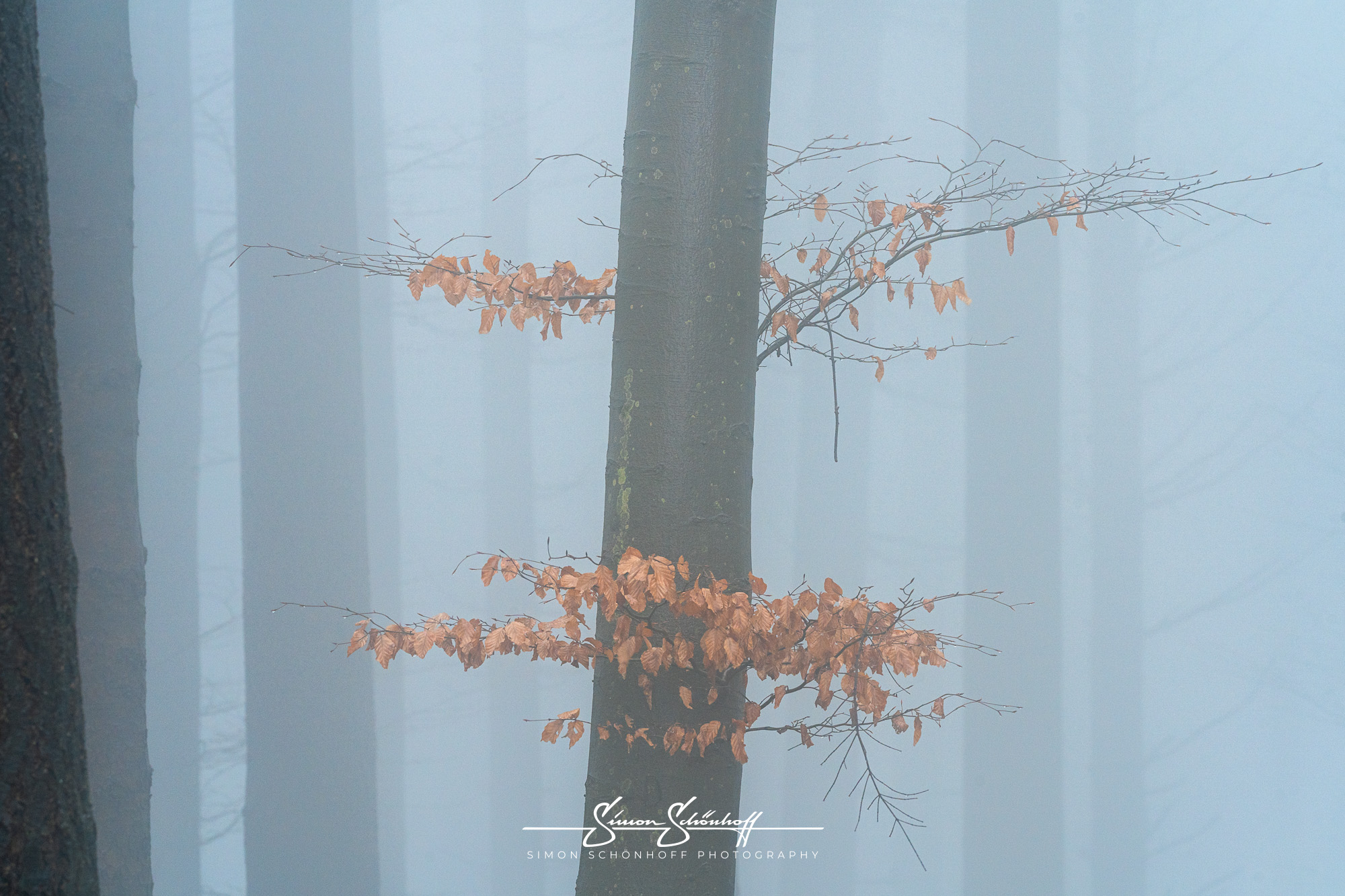
Photography was like an outlet for me. For you, that outlet can be a completely different activity. For example, writing a diary, painting, dancing, singing, making music or something completely different. The important thing is to find your outlet to release pressure and find yourself. Photography helped me a lot during this difficult time and beyond. It helped me to gain distance, to recharge my batteries, to look more clearly, to get back the joy of life. Just as the joy of life in our daughter came back bit by bit.
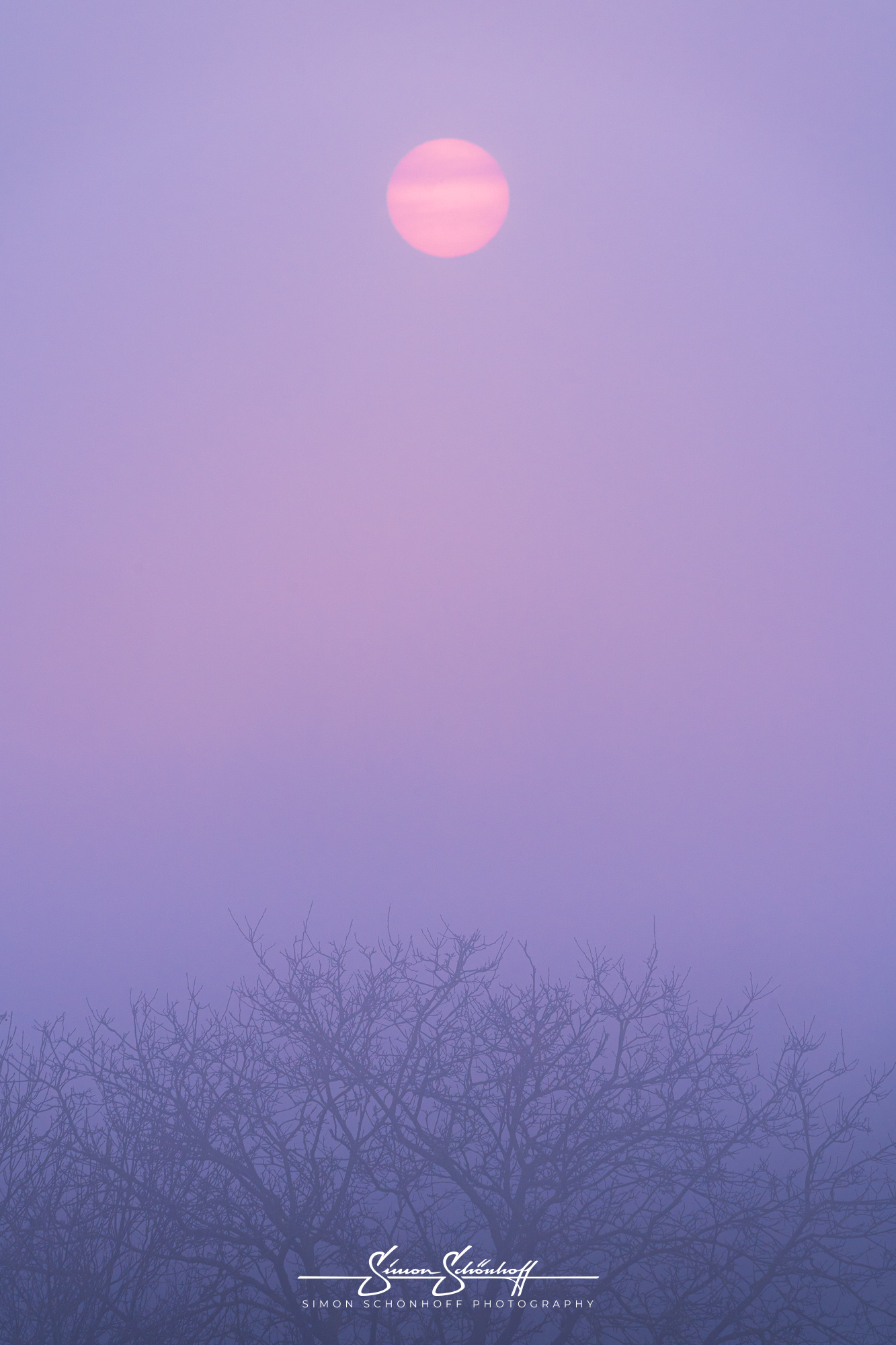
After a rapid 4 months, we had completed all the chemos. Our daughter had her zest for life back. Walking is still difficult for her today, as the tumour had also squeezed the nerves of her right foot, but that should only be a question of time. A final operation to remove the coccyx together with the tumour finally closed this chapter. The pathology department also gave the reassuring signal that our daughter is now cancer-free again.
I think in the future we will celebrate this day, 11 April 2023, like a second birthday for our daughter. The day she beat cancer. We are infinitely grateful for the great support from all sides and in a very special way also for the current state of cancer research, the nurses, doctors and nurse practitioners who did everything they could to help our daughter get well again. There was never a day when, thanks to them, we stopped believing in the cure or lost heart. Thank you from the bottom of our hearts!
